Behind the Scenes: Critical Components Driving Construction Machinery Performance
In the bustling world of construction, the seamless operation of heavy - duty machinery is crucial for project success. While the visible workhorses like excavators, loaders, and bulldozers grab attention, it's the intricate components hidden within that truly enable their functionality. Components such as the end input shaft, side reducing large wheel shaft, drive shaft, construction machinery gears, and drive target gear work in unison, silently yet powerfully, to transmit energy, transform motion, and ensure these machines can tackle the toughest construction tasks with precision and efficiency.
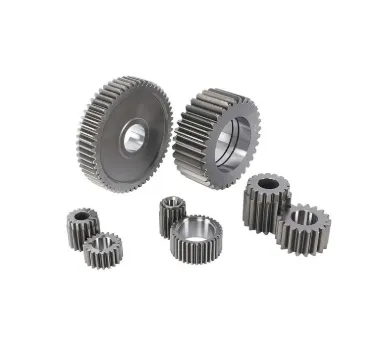
The Pivotal Role of the End Input Shaft
At the heart of a construction machine's power - transfer system lies the end input shaft. This component serves as the initial point of contact for the raw power generated by the engine. Acting as a bridge, it takes the high - speed rotational energy from the engine and channels it towards the rest of the drivetrain. In a typical construction vehicle, such as a crane, the end input shaft is engineered to handle extreme torque levels. It must maintain its structural integrity under continuous stress, as any malfunction could lead to a complete breakdown of the machinery's power - delivery system.
Manufactured from high - grade alloy steels, the end input shaft undergoes a series of precision machining processes. Heat treatment is often applied to enhance its hardness and durability, ensuring it can withstand the rigors of constant use. The surface finish of the shaft is also critical, as a smooth surface reduces friction and wear, contributing to the longevity of the component. Additionally, the end input shaft is designed with specific splines or keyways, which allow it to interface seamlessly with other parts, such as couplings or gears, ensuring a secure and efficient transfer of power.
Unraveling the Function of the Side Reducing Large Wheel Shaft
The side reducing large wheel shaft plays a unique and essential role in construction machinery, especially in equipment that relies on large wheels for mobility, like wheel loaders. This shaft is primarily responsible for the reduction of rotational speed and the amplification of torque. When a wheel loader needs to lift heavy loads or navigate rough terrain, the side reducing large wheel shaft comes into play.
By reducing the speed of the power transmitted from the engine, the shaft increases the torque available at the wheels. This torque boost is crucial for the machine to have sufficient traction and pulling power. The side reducing large wheel shaft achieves this through a combination of gears and mechanical arrangements. It often features a set of reduction gears that mesh precisely, effectively slowing down the rotation while increasing the force applied to the wheels. The large - diameter design of the shaft itself also contributes to its ability to handle high - load conditions, distributing the stress evenly and minimizing the risk of deformation or breakage.
The Indispensable Drive Shaft
The drive shaft is a versatile and indispensable component in construction machinery, acting as the main conduit for power transfer between different parts of the machine. Its role is to transmit rotational energy from the engine or transmission to the axles, wheels, or various working attachments. In an excavator, for example, the drive shaft connects the hydraulic pump, which is powered by the engine, to the hydraulic cylinders that control the movement of the boom, arm, and bucket.
Drive shafts are engineered to be flexible yet robust, capable of withstanding angular misalignments and vibrations that occur during the operation of the machinery. They are typically equipped with universal joints or constant - velocity (CV) joints. Universal joints allow the drive shaft to transmit power at different angles, accommodating the movement and positioning changes of the machine's components. CV joints, on the other hand, ensure a constant rotational speed even when the shaft is operating at an angle, providing smooth and efficient power transfer. The drive shaft's ability to adapt to varying operating conditions makes it a vital link in the machinery's drivetrain, enabling seamless operation across a wide range of tasks.
The Power - Transforming Construction Machinery Gears
Construction machinery gears are the power - transforming elements that lie at the core of a machine's transmission system. These gears come in various shapes, sizes, and configurations, each designed to perform a specific function. From simple spur gears to complex planetary gear systems, they work in tandem to change the speed, torque, and direction of the power transmitted through the machinery.
In a construction vehicle's transmission, gears are used to shift between different speed ratios. When a machine needs to move quickly on flat ground, higher - gear ratios are engaged, reducing the torque but increasing the speed. Conversely, when more power is required, such as during heavy - duty lifting or climbing, lower - gear ratios are selected, increasing the torque at the expense of speed. The teeth of construction machinery gears are carefully designed and manufactured to ensure smooth meshing and minimal noise and vibration. They are often made from high - strength materials, such as hardened steel, to withstand the high loads and stresses associated with continuous operation. Regular maintenance of these gears is essential, as any wear or damage can lead to inefficiencies, increased fuel consumption, and potential breakdowns.
The Significance of the Drive Target Gear
The drive target gear is a crucial component that receives power from the drive shaft and transfers it to the final point of operation in construction machinery. Whether it's driving the wheels of a dump truck or powering the rotating mechanism of a drilling rig, the drive target gear plays a vital role in ensuring the machinery performs its intended function.
This gear is designed to mesh precisely with other gears or components in the system, facilitating the smooth transfer of power. Its tooth profile and dimensions are carefully engineered to match the requirements of the application. The drive target gear must be able to withstand high levels of torque and rotational forces, as it is often the last link in the power - transmission chain before the actual work is performed. In addition, the material used for the drive target gear is selected based on factors such as durability, wear resistance, and load - bearing capacity. Proper lubrication and alignment of the drive target gear are essential to minimize friction and ensure its long - term reliability, as any issues with this component can have a significant impact on the overall performance of the construction machinery.
Maintenance and Upkeep of Key Components
Regular Inspection Protocols
To ensure the optimal performance of components like the end input shaft, side reducing large wheel shaft, drive shaft, construction machinery gears, and drive target gear, regular inspection is essential. Visual inspections should be carried out to check for signs of wear, such as cracks, chips, or excessive corrosion on the shafts and gears. Measuring tools can be used to assess the dimensions of components, ensuring they are within the specified tolerances. For example, the diameter of a drive shaft may be measured periodically to detect any signs of wear or deformation that could affect its performance. Additionally, the condition of joints and bearings associated with these components should be closely examined, looking for any signs of play, noise, or overheating.
Lubrication Best Practices
Proper lubrication is crucial for the longevity and smooth operation of these components. Each type of component has specific lubrication requirements. For example, construction machinery gears often require high - viscosity lubricants with extreme - pressure additives to withstand the high loads and prevent metal - to - metal contact. Drive shafts, on the other hand, may need lubricants that can handle high speeds and angular movements. Lubrication intervals should be strictly adhered to, and the quality of the lubricant should be regularly checked. Over - lubrication or under - lubrication can both lead to problems, so following the manufacturer's recommendations is key. Additionally, the lubrication system itself should be inspected for any leaks or blockages that could prevent proper lubricant distribution.
Replacement and Upgrades
As components wear out over time, replacement becomes necessary. When replacing parts such as the end input shaft or drive target gear, it is essential to use high - quality, compatible replacements. Upgrades may also be considered to improve the performance and efficiency of the machinery. For example, modernizing the gear system with more advanced, high - efficiency gears can reduce energy consumption and increase the overall productivity of the construction equipment. However, any replacement or upgrade should be carefully planned and executed, ensuring that all components are properly installed and aligned to avoid potential issues down the line.
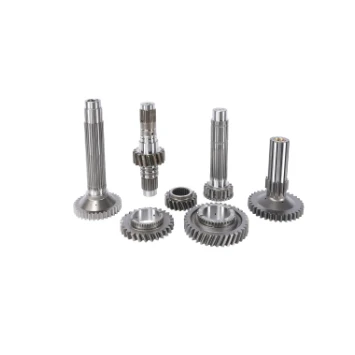
The agricultural and industrial machinery sector is experiencing remarkable growth, and at the heart of this expansion lies the trade and supply of tractors.
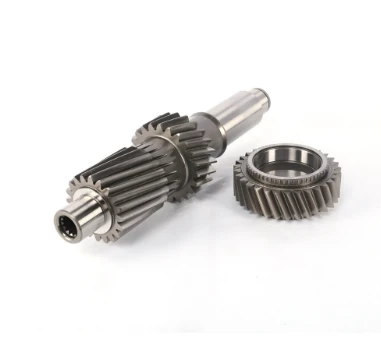
In the world of heavy - duty construction, the seamless operation of machinery is crucial for large - scale projects.
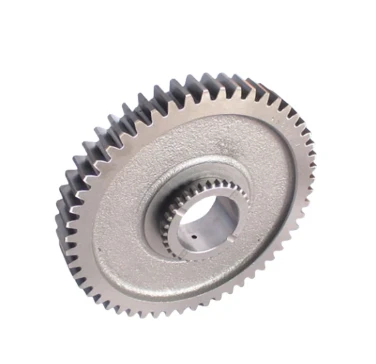
The world of tractors is vast and varied, catering to both practical agricultural needs and the passionate interests of collectors.
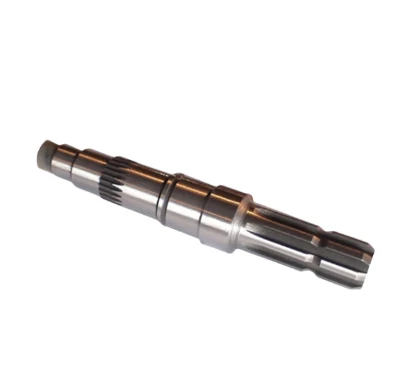
The agricultural and construction machinery landscape is constantly evolving, with tractors standing as essential workhorses for a variety of tasks.
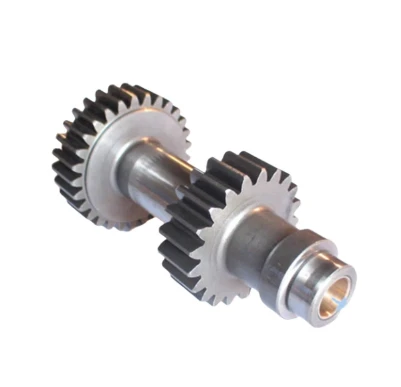
In the intricate world of mechanical engineering, gears are fundamental components that enable the seamless transfer and manipulation of power.
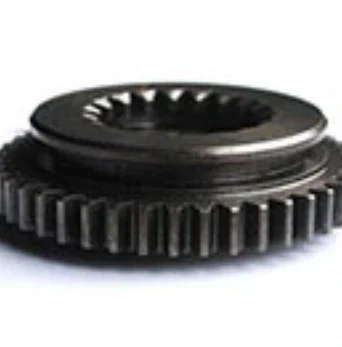
The market for tractors is a bustling hub, catering to a wide range of needs from large - scale farming operations to small - scale gardening projects.
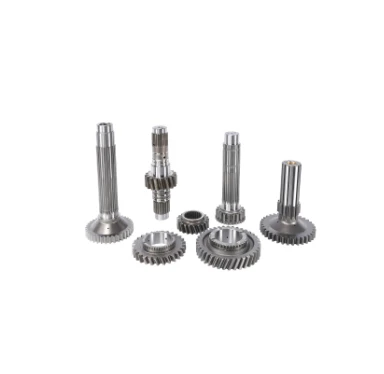
In the dynamic world of farming, machinery has become an essential part of efficient and productive operations.
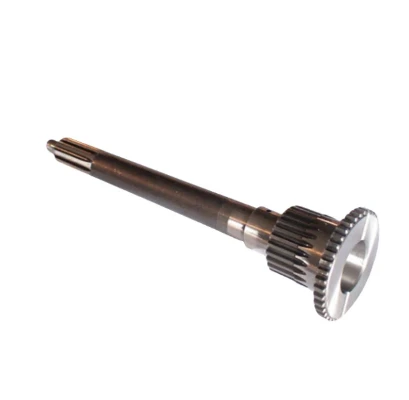
In the expansive realm of agriculture, various tools and machines play crucial roles in ensuring efficient crop production and overall farm management.
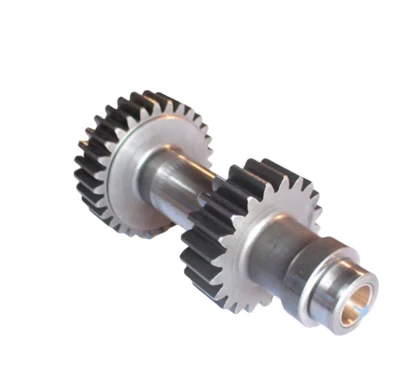
Tractors are essential workhorses in the agricultural and construction sectors, playing a pivotal role in a wide range of tasks.
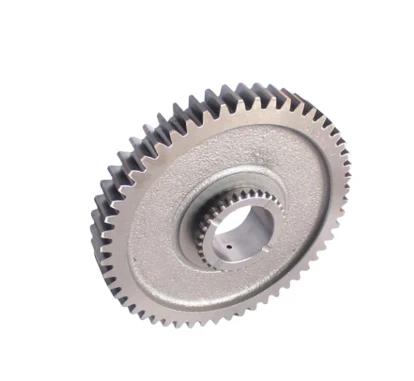
The agricultural and construction sectors rely heavily on tractors for their operations, and the entities involved in the production, distribution, and pricing of these machines shape the industry's trajectory.
International layout
Spread all over the world
our products are exported to various parts of the world. Currently, our products have been exported to more than 40 countries Our products cover Asia, Europe, Africa, South America, North America, and Oceania
Sign up
for Newsletter
Subscribe to the weekly newsletter for all the latest updates







